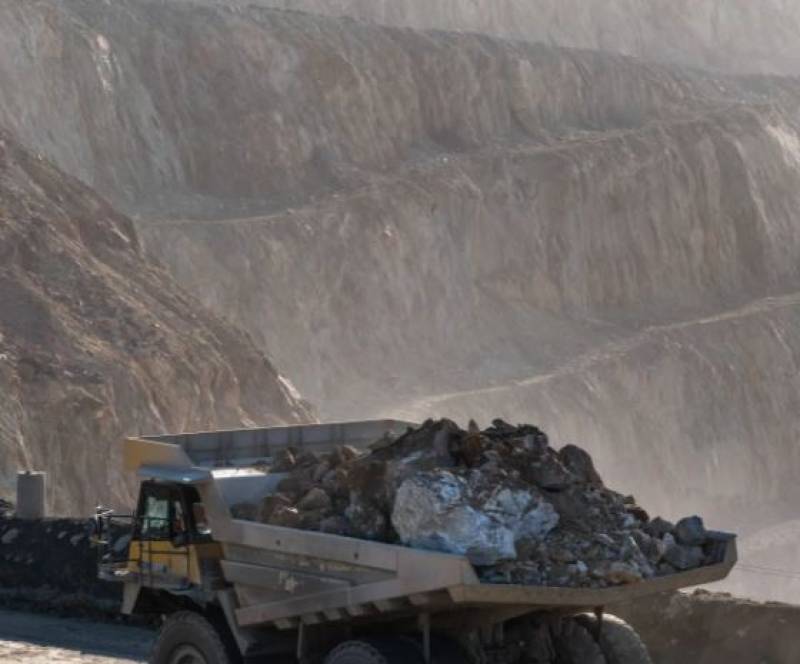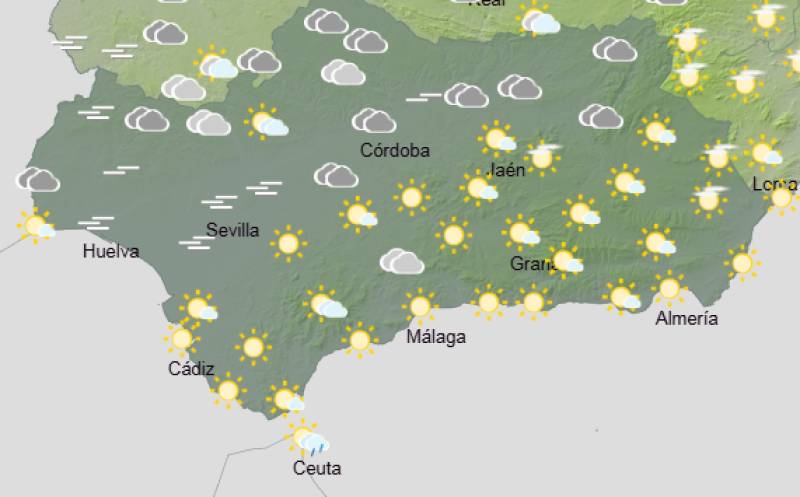

- EDITIONS:
 Spanish News Today
Spanish News Today
 Murcia Today
Murcia Today
 Alicante Today
Alicante Today
article_detail
Date Published: 24/04/2023
ARCHIVED - Greenpeace warns of an environmental disaster waiting to happen in Rio Tinto, Andalucia
Further plans for mining waste at the old settlement of Minas de Rio Tinto in Huelva could spell disaster

Situated just an hour from Andalucía’s capital of Seville, the Rio Tinto is one of the region’s best-kept secrets. Minerals and iron have been extracted from the river, which flows through the old mining settlement of Minas de Rio Tinto, for the past 5,000 years, turning the water a unique reddish-orange colour that has even attracted the attention of NASA.
Now, the Atalaya Mining company has been given the green light by the Andalucía government to extend the mining waste dams in the area, which will create “the largest deposits of mining waste from Spain,” according to Greenpeace.
The environmental activists have warned that such a move could cause a more serious natural disaster than the Aznalcóllar mining spill in Seville, which is approaching its 25th anniversary this week.
Back in 1998, the banks of the Aznalcóllar mining reservoir, which is supposed to wash and remove mining impurities, burst, releasing between 4 to 5 million cubic metres of mine tailings into the area.
 This facility is located in the Doñana National Park, a protected wetland habitat for migratory birds and other natural species since 1969. The area is on the cusp of being declared an endangered World Heritage Site by Unesco as further plans were revealed to legalise another 1,000 hectares for the cultivation of strawberries on the edge of the protected Park.
This facility is located in the Doñana National Park, a protected wetland habitat for migratory birds and other natural species since 1969. The area is on the cusp of being declared an endangered World Heritage Site by Unesco as further plans were revealed to legalise another 1,000 hectares for the cultivation of strawberries on the edge of the protected Park.According to Greenpeace, the Aznalcóllar toxic spill was "one of the worst environmental disasters in the history of Spain," and activists now fear that Rio Tinto could follow suit, especially since they claim to have already documented several mining leaks in the area.
In Rio Tinto, the Gossan, Cobre and Aguzadera reservoirs feed into a single complex that occupies 595 hectares, with a depth of up to 100 metres and which accumulates some 240 million tons of toxic sludge.
With the intended expansion by Atalaya Mining, the mining waste would increase to 400 million tons, or 30 times the volume of toxins dumped in the Aznalcóllar disaster.
The expansion, however, has already been approved, but Greenpeace fears that the environmental consequences could be felt in the area for decades to come.
In other news: Wildfire engulfs the Sierra de Mijas, Malaga
Images: Greenpeace
staff.inc.and
Loading
See more environmental news about Spain:
OR
Sign up for the Spanish News Today Editors Roundup Weekly Bulletin to get a comprehensive email with all the week’s news for Spain, Murcia, Alicante and Andalucía.
Get a sneak peek – here are a few of our recent Subscription Bulletins:
Discount Special Offer subscription:
36.95€ for 48 Editor’s Weekly News Roundup bulletins!
Please CLICK THE BUTTON to subscribe.
Contact Murcia Today: Editorial 000 000 000 /
Office 000 000 000





















